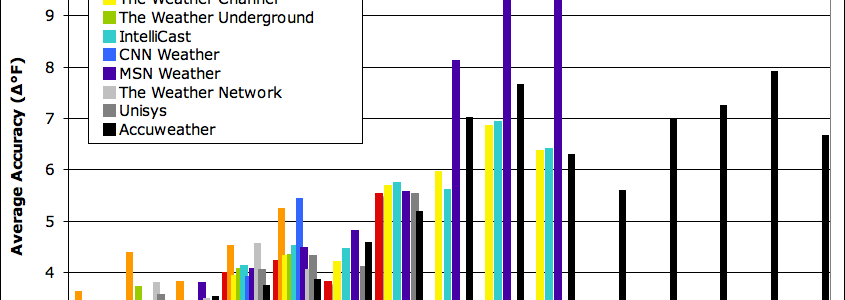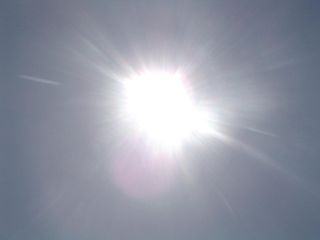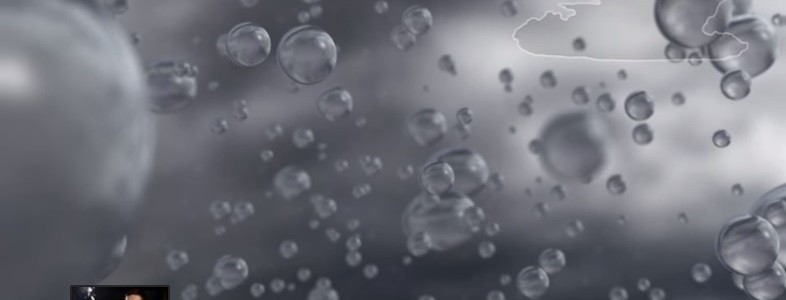Climate science
-

“Airglow” is defined as a luminosity or “glowing” given off by the Earth’s own atmosphere. Marshall Shepherd describes the science of airglow in a recent blog post at Forbes.com here. It turns out that what we think of as airglow (not to be confused with aurora) is actually a collection of several different phenomena. Jason Samenow…
-

A commercial weather provider, AccuWeather, has just started issuing 90 day forecasts for specific conditions at locations around the US. They have been getting blasted by meteorologists around the country for irresponsible science, since there is no skill in weather forecasting beyond about ten days, except for some general guidance about overall conditions. In past…
-

Marshall Shepherd posted an interesting blog at Forbes.com on common posts that climatologists see all the time on Facebook and other social media about global warming. You’ve probably seen some of them too. Unfortunately, when someone claims that having a snowstorm disproves global warming or other such myth, they are really just displaying their ignorance of…
-

The American Institute of Physics has an extensive web discussion on the history of global warming in the literature, based on a book called “Discovery of Global Warming” by Spencer Weart. It contains links to a variety of sources on different subjects, including the history of climate change science, climate datasets, the impact of changing solar…
Posted in: Climate science -

KOMO TV posted a fascinating video of a weather balloon making a 22-mile high flight through the atmosphere and falling back to earth. You can see it here. As a meteorologist, though, I am even more fascinated by the temperature profile that the balloon travels through. It shows not only the temperature decreasing with height…
-

In the past, distributions of raindrop size were made mainly by flying airplanes with special equipment through rainstorms or catching drops on a surface that shows the drop size. Now NASA has come up with a method for measuring the 3-dimensional pattern of raindrop sizes in a storm that may help computer modelers improve forecasts…
-

Nearly 2/3 of the land that NASA manages is within 16 feet of mean sea level, according to a news article published in the New York Times today. Because of this, and knowing the upward creeping sea levels around the world due to warmer waters and melting ice caps, they have been working for ten…